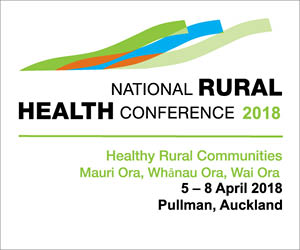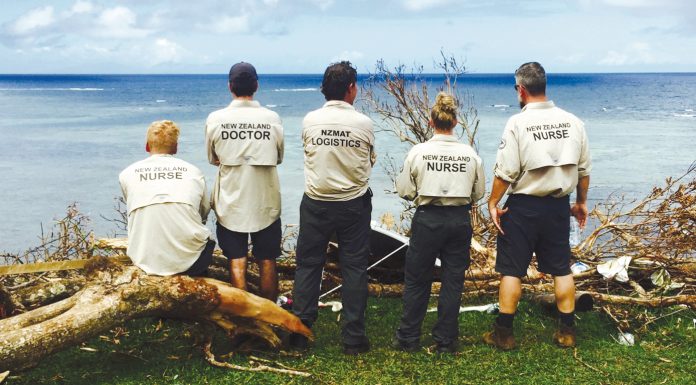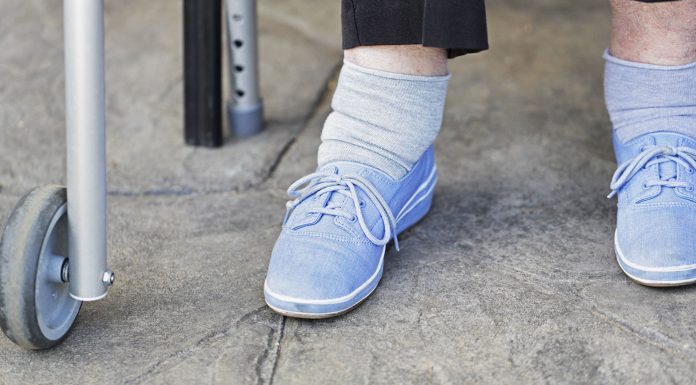Nurses’ use of the royal ‘we’ when addressing a patient is a thing – I sincerely hope – of the past.
I suspect, perhaps, it never was in common usage except in comedy skits about bossy, voluptuous, or sexualised nurses. None of these stereotypes are useful, and I am not going to explore them here. Instead, I want to ruminate a little on the notion of partnership and collaboration in nursing, and then on how we (the discipline this time) are doing.
This issue of Nursing Review has a focus on chronic illness. Latterly, this ill-defined category of illness has become known as Long Term Conditions, frequently written with Capital Letters, as I have presented them here. Of course, humans have lived with chronic illnesses for centuries. By definition, they are problems that can neither be fixed by current medical techniques, nor kill us swiftly. However, they consume a major portion of the health dollar all around the world.
Over the past 20 years or so, researchers have discovered what those with long- term conditions have known all along, that the person with the illness becomes expert at managing his or her life. Also that, on the whole, a respectful, collaborative relationship with the medical team is the most productive kind, and one that leads to the best outcomes. In the literature, this is known as self-management.
There are several models that can be employed by doctors, nurses, and others to achieve patient self-management. Some of them have been developed into marketable commercial commodities, and I know of many nurses who have learned helpful skills as a result of training in these methods.
A recent and very useful publication from the UK Health Foundation, Evidence: Helping people help themselves reviews more than 550 pieces of high quality research and identifies the most effective techniques to support self- management. Two stand out: increasing self-efficacy and encouraging behaviour change. The report also identifies the need for “a fundamental shift in power dynamics and the way both patients and professionals view their roles” and the need to better understand how to motivate all members of the team, including patients and clinicians, to be part of co-created health services.
I would be pleased to see some change in terminology as part of this shift; I see some tension in the idea that someone else supports my ‘self-management’. It doesn’t seem a very reciprocal idea, but perhaps I am being a little too sensitive. In any case the idea, and the practice when done well, is great. Which brings me to the question of how we are doing today.
Empathy is virtually synonymous with the profession of nursing itself – and as old.
That being so, it ought to be easy for the nursing discipline to move to a position of collaborative partnership with our patients. Indeed, our own New Zealand nurse theorist, Judith Christensen, described nursing as partnership in her 1990 book Nursing Partnership: a model for nursing practice. It is a comfortable thought, and I am sure there are many places where this is working well.
Yet, in a recently released longitudinal study, published this year by Ward in the Journal of Professional Nursing, found that empathy actually declined as nursing students were exposed to more clinical environments and patient care. Their findings are very similar to those in studies about medical students. As the astronauts said, “Houston, we have a problem”.
I have seen some exemplary practice throughout my career, but like most nurses, I have also heard horror stories and seen instances where care and compassion, let alone partnership, have been nowhere to be seen. There are workplaces where bullying is protected in a fearful culture of silence. There are instances of racism, sexism, and ageism alive and well in some corners of our health organisations.
There are nurses who simply don’t know what to do to make things better. I don’t know the answer either, but I do know that naming the distasteful is a powerful way of bringing it into the light. The simple question ‘How are we today?’ asked of each other could be a potent means of supporting our nursing self-management, of encouraging behaviour change, and of increasing our own self-efficacy.
I recently read the two ‘Francis Reports’ detailing the inquiry into care provided by Mid Staffordshire NHS Foundation Trust January 2005-March 2009. They are chilling accounts of things going quietly wrong until a full scale crisis erupted. Could it ever happen here?
How are we today?
Jo Ann Walton is Professor of Nursing at Victoria University of Wellington and an elected member of the Nursing Council.
Article references are available by emailing [email protected]




















